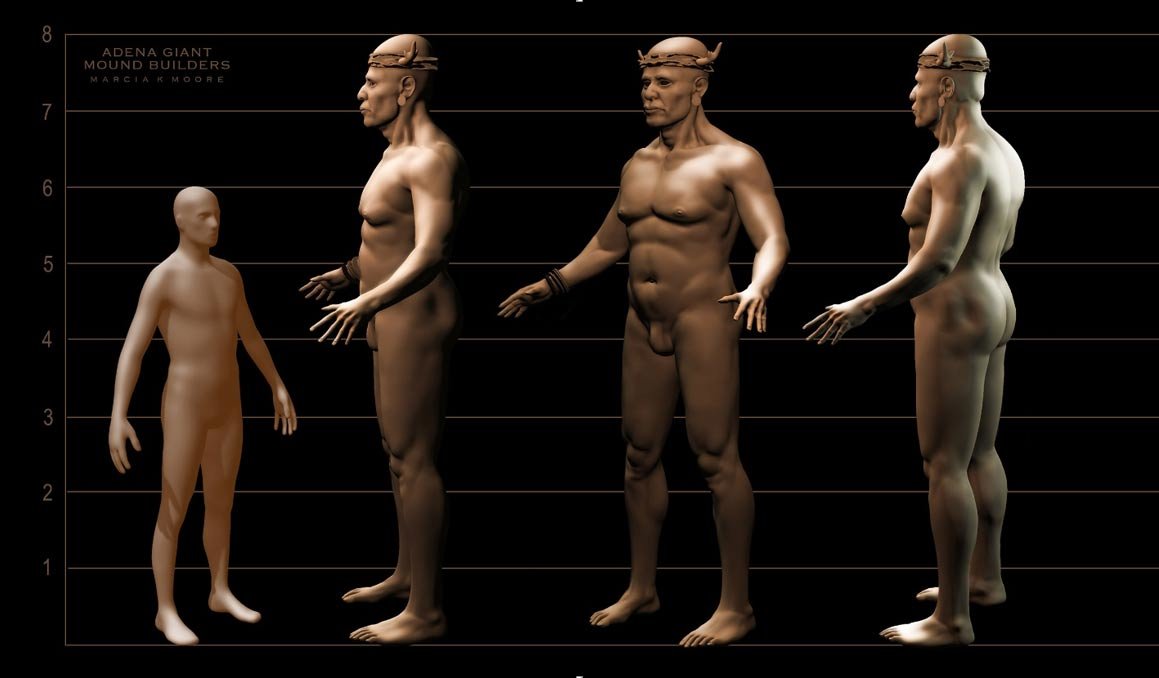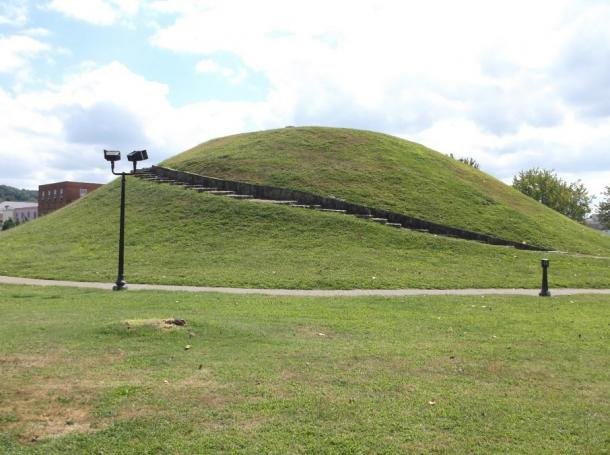
Historians often detailed these remains in early local historical records, such as the following from Cass County, Michigan:
"It was a mound about thirteen feet high.... the diameter of its base was about fifty feet...Portions of the skeletons were in a good state of preservation. The femur, or thigh bone, of one of the males, which Dr Bonine has now in his possession, is of great size and indicates that its owner must have been at least seven feet in height"

Antiquarians also wrote about the anthropology of the tall ones in prehistoric mounds. The following is an account from Chillicothe, Ill. from American Antiquarian, Vol 2 No 1 (1879):
"A recent exploration of a mound near this place resulted in some interesting discoveries...The form was large, the jaws massive, and the teeth perfect."As is well known, 19th and early 20th century newspapers frequently ran stories of gigantic skeletons found throughout the country. The following report from Portsmouth, Ohio was run by the News Herald on January 3, 1895:
"Bridge Carpenters on the N. & W. R. R. found a gigantic skeleton while excavating, three miles east of Portsmouth, a few days ago. The skeleton measured, 7 feet, 4 inches..."In the 1880s, the Eastern Mound Division of the Smithsonian discovered a number of gigantic skeletons in their wanton destruction of North American tumuli. The 12th Annual Report of the Bureau of Ethnology documents numerous gigantic skeletons found by Smithsonian agents:
"Near the original surface (of the mound)... lying at full length upon its back, was one of the largest skeletons discovered by the Bureau agents, the length as proved by actual measurement being between 7 and 8 feet."Read the rest here.
"In the center (of mound 11), 3 feet below the surface, was a vault 8 feet long and 3 feet wide. In the bottom of this...lay a skeleton fully 7 feet long..."
"The length from the base of the skull to the bones of the toes was found to be 7 feet 3 inches. It is probable, therefore, that this individual when living was 7.5 feet high."



Comment: